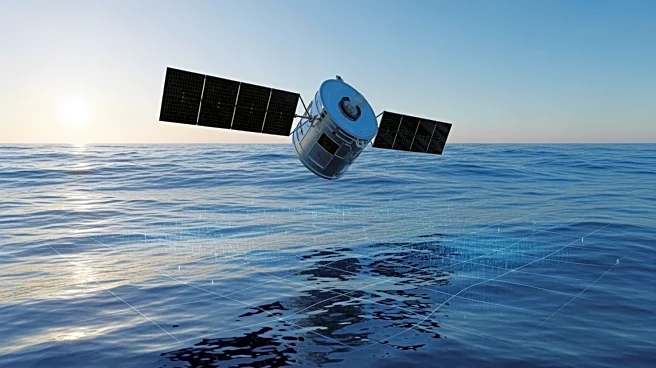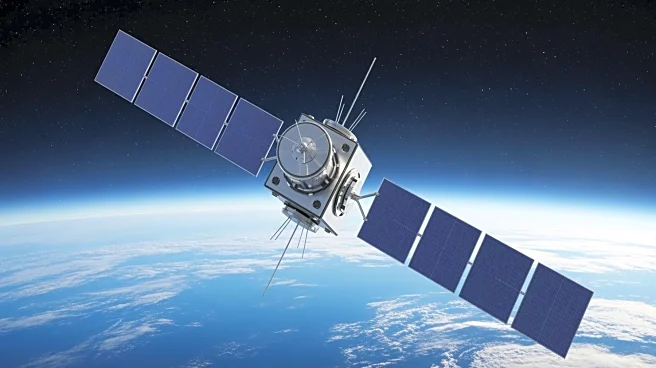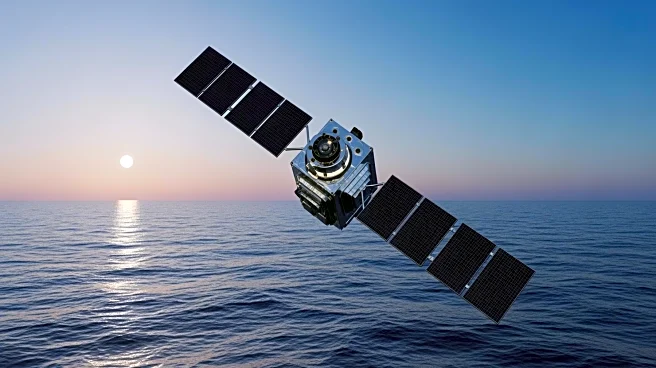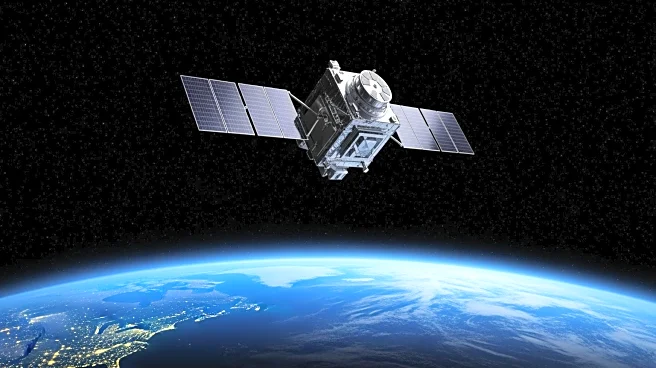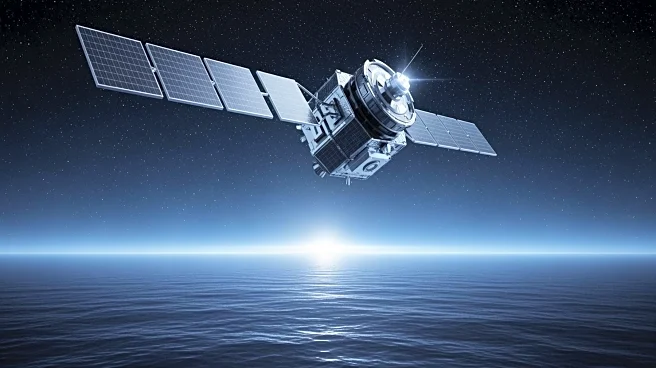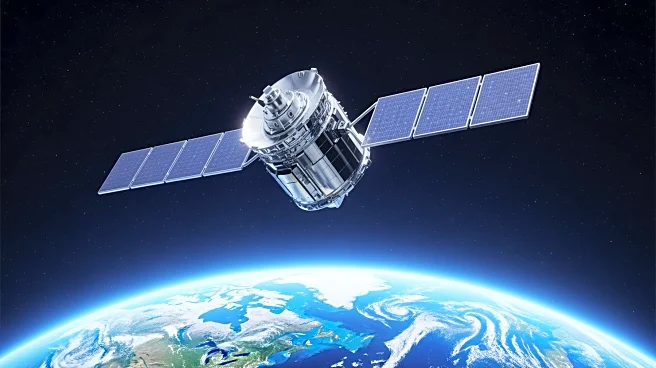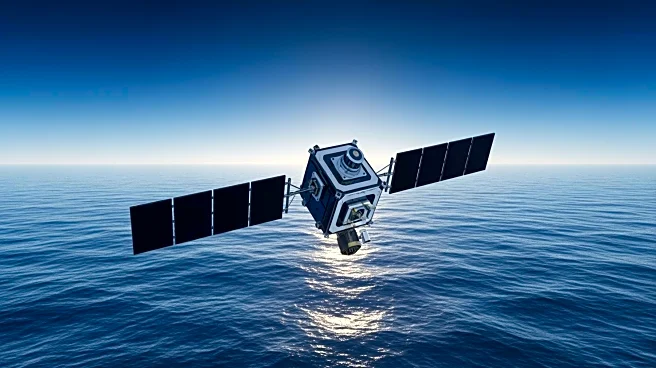What's Happening?
NASA and the European Space Agency (ESA) are preparing to launch the Sentinel-6B satellite, a key component of the Copernicus Earth-observing program. Scheduled for November 17, 2025, the satellite will
lift off from Vandenberg Space Force Base aboard a SpaceX Falcon 9 rocket. Sentinel-6B is designed to continue the work of its predecessor, Sentinel-6 Michael Freilich, by providing critical sea level measurements and atmospheric data. This mission is a collaborative effort involving NASA, ESA, EUMETSAT, and NOAA, with additional support from the European Commission and France's CNES. The satellite will orbit Earth every 112 minutes, collecting data to improve public safety, city planning, and coastal infrastructure protection.
Why It's Important?
The launch of Sentinel-6B is significant for several reasons. It continues a multidecade dataset crucial for understanding sea level changes, which are vital for climate research and policy-making. The data collected will aid in refining atmospheric models, supporting safe re-entry for Artemis astronauts, and enhancing coastal infrastructure planning. This mission represents international collaboration in space exploration, highlighting the importance of shared resources and expertise in addressing global challenges like climate change. Stakeholders in environmental policy, urban planning, and defense sectors stand to benefit from the insights provided by Sentinel-6B's measurements.
What's Next?
Following the launch, Sentinel-6B will undergo a series of operations to ensure it is ready for scientific data collection. It will initially fly behind its twin satellite, Sentinel-6 Michael Freilich, for cross-calibration of data. Once calibrated, Sentinel-6B will assume the primary role in sea level measurement, while its twin will be used for mapping seafloor features. NASA will provide live coverage of the launch and subsequent operations, offering public access to streaming video and updates. The successful deployment and operation of Sentinel-6B will pave the way for future advancements in Earth observation and climate monitoring.
Beyond the Headlines
The Sentinel-6B mission underscores the growing importance of international cooperation in space exploration and environmental monitoring. By pooling resources and expertise, agencies like NASA and ESA can tackle complex global issues more effectively. The data from Sentinel-6B will not only inform scientific research but also influence policy decisions related to climate change adaptation and mitigation. This mission highlights the role of space technology in addressing terrestrial challenges, emphasizing the interconnectedness of global efforts in science and policy.
